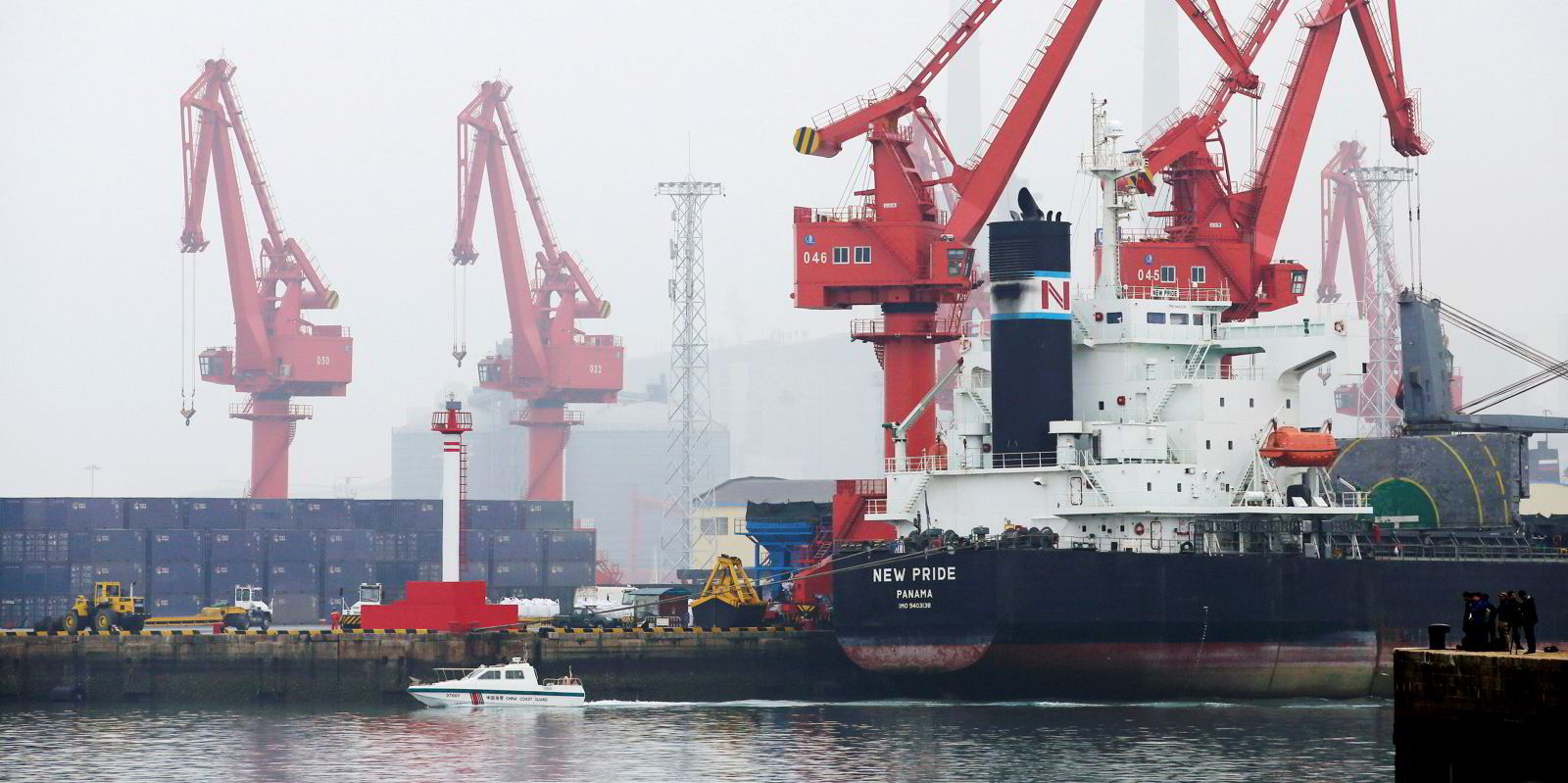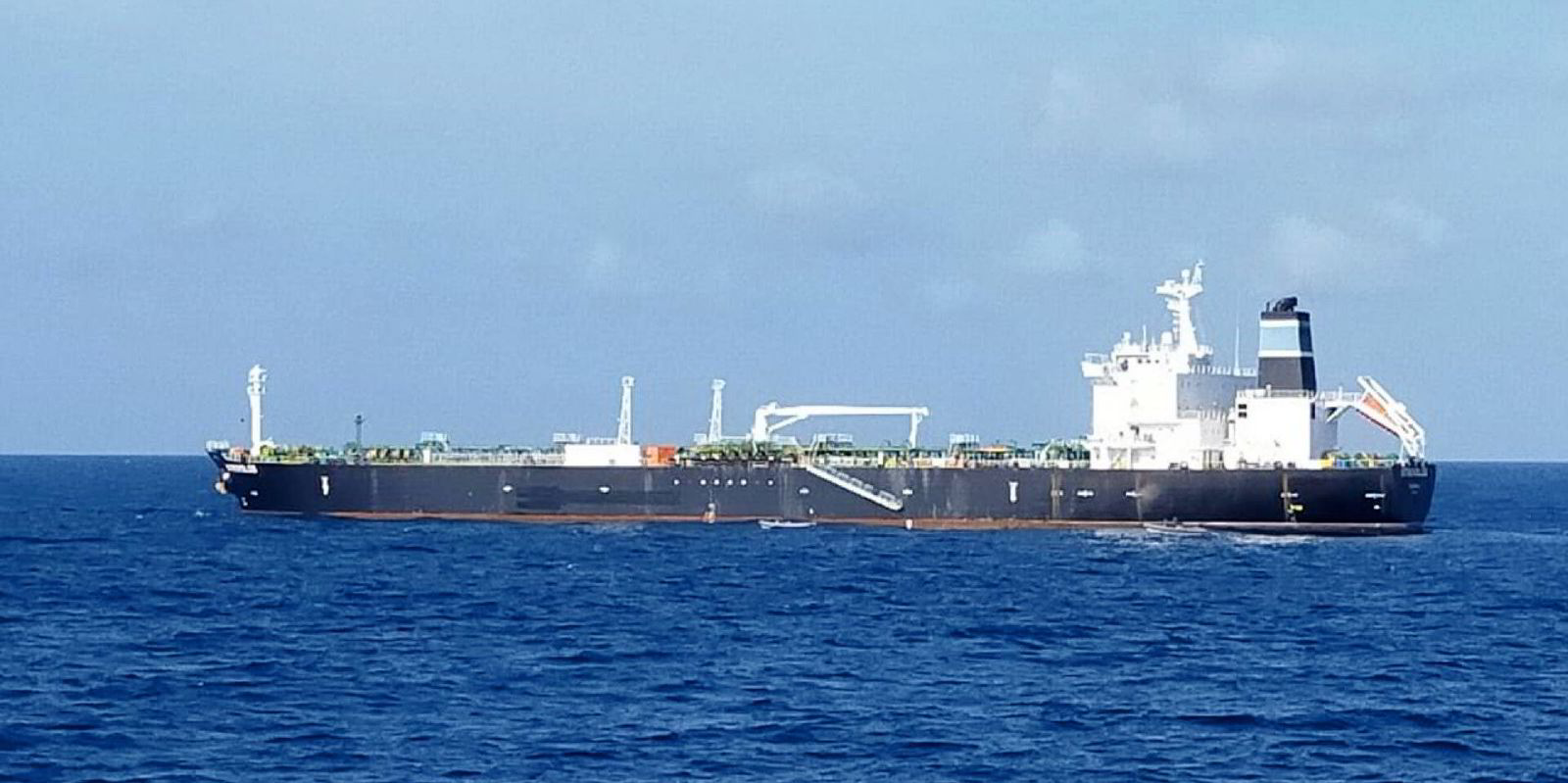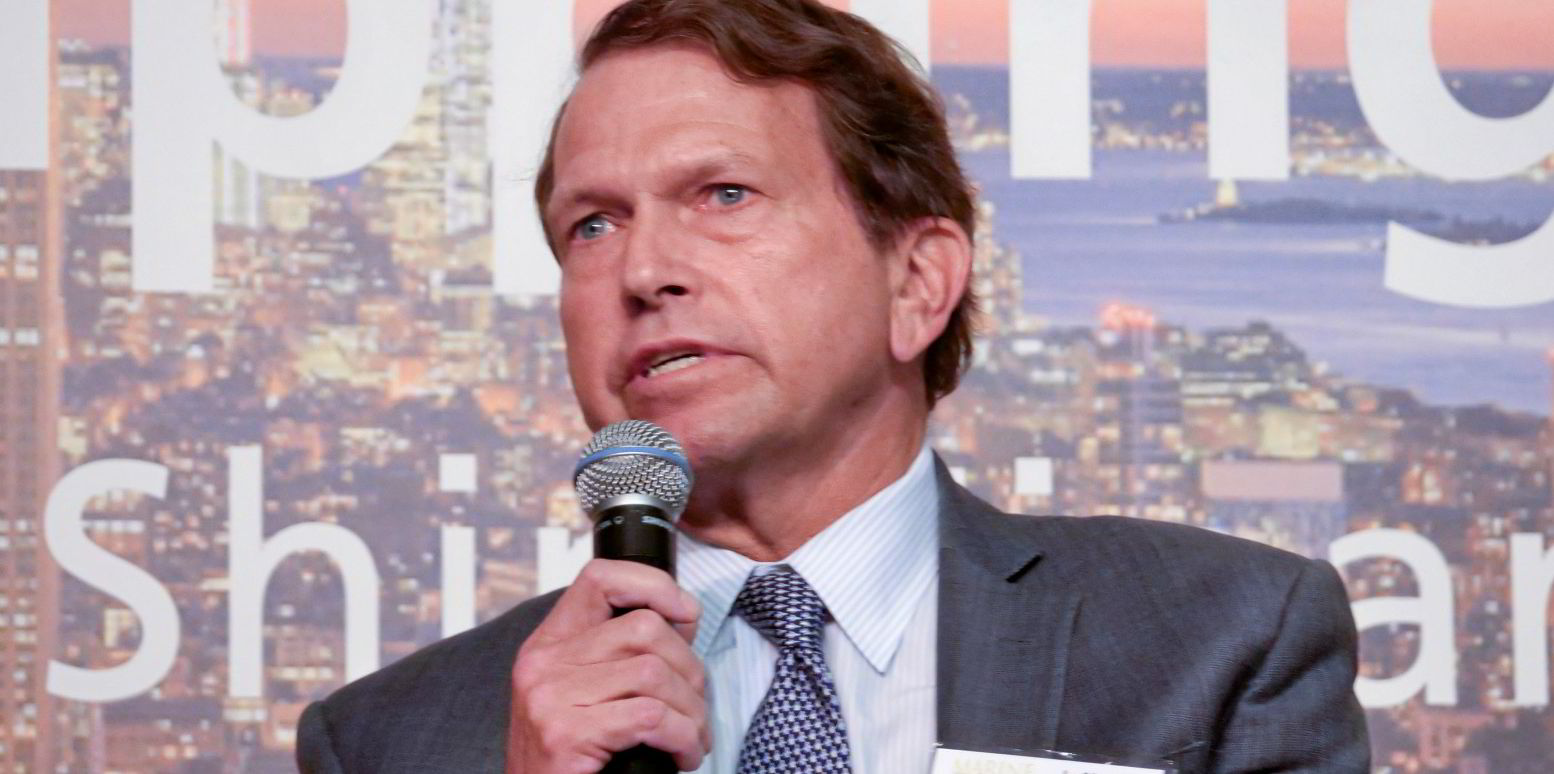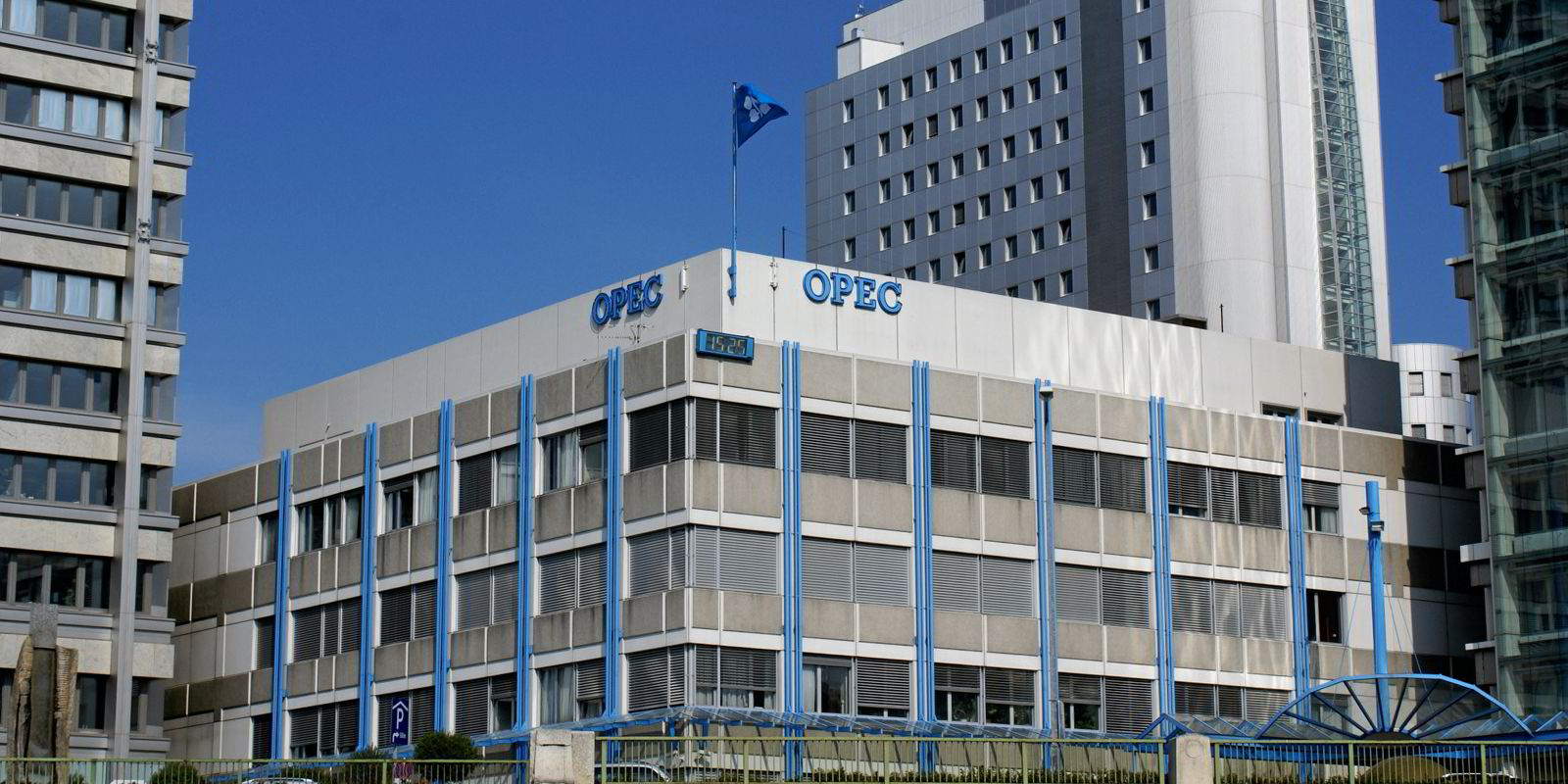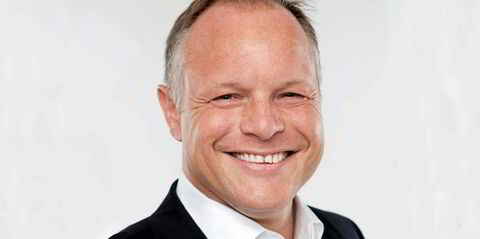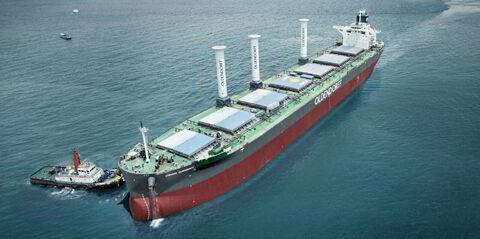Winter was always coming, but there are growing signs that the chill in the air will be a breath of life for the tanker sector.
Tanker players in a market that had been reeling from sour rates are perking up with optimism as the sector's shipowners may be beneficiaries of a rush to procure energy supplies for the cold winter peak.
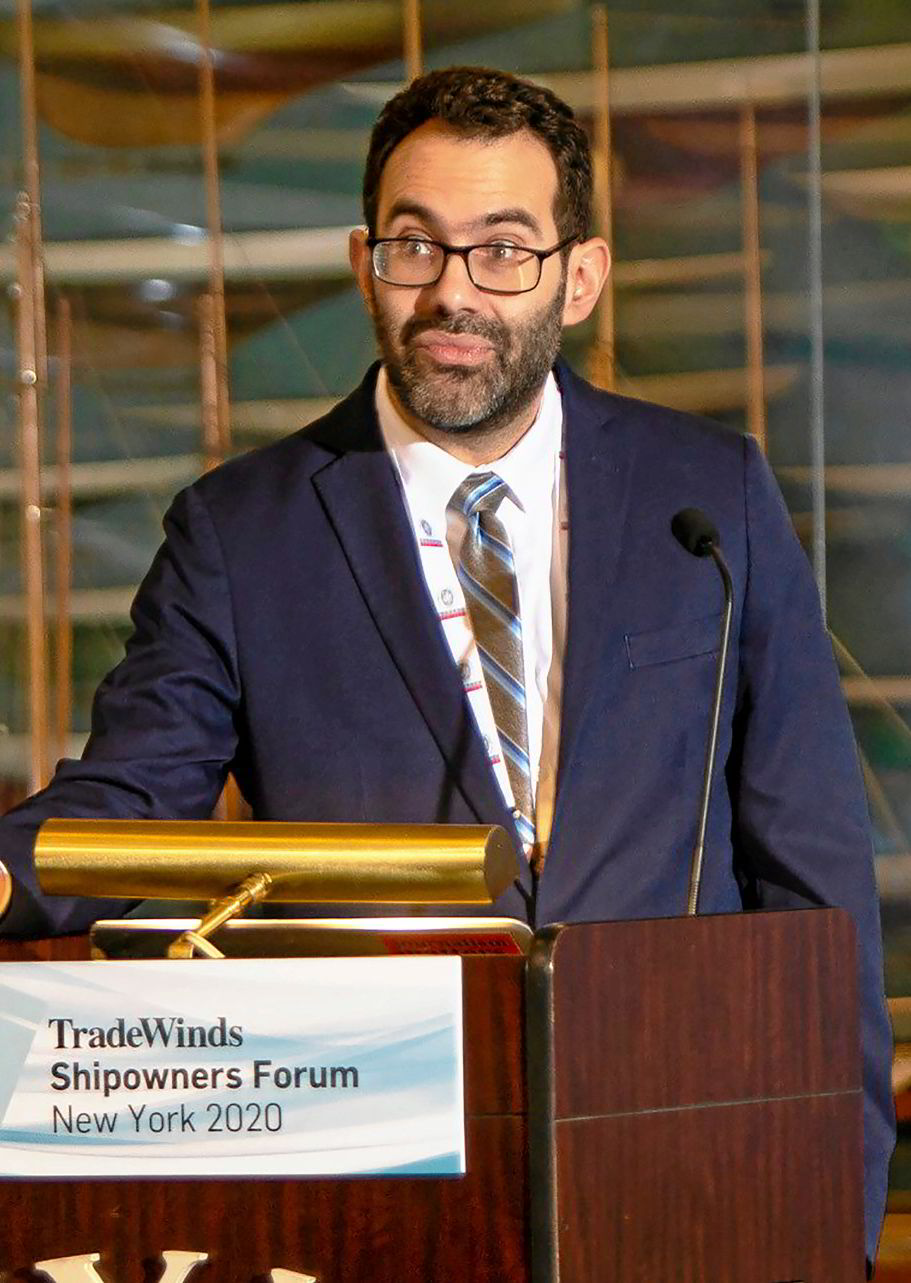
Monday's decision by Opec+ to stick to modest production increases is a testament that there are still reasons for caution, particularly as any winter spike may not mean a sustained recovery for crude tankers.
But there are still signs of hope in the form of China's concern over a power crunch that is sweeping the nation.
Eager to stave off further blackouts, vice premier Han Zheng has ordered state-controlled companies to snap up energy supply at all costs, according to Bloomberg.
China is not alone.
"The energy crisis is gripping all the major economies in North America, Europe and in China," Norwegian shipbroker Lorentzen & Stemoco said.
Europe has seen natural gas prices soar, and in the US, oil production is starting to recover from the blow of Hurricane Ida.
Some of the factors contributing to the crisis — a rapid rebound of demand alongside a slow recovery of industry's ability to meet it — are not unlike those hitting supply chains in the container and dry bulk sector, which have seen shipowners and liner operators bask in higher earnings.
For tankers, it has taken much longer to take part in the spoils, but that may be changing.
'Tis the season
The energy crisis comes amid increasing signs that a seasonal surge for the tanker sector is looming in the months ahead, which in turn could be the much hoped for start of a market rebound.
Crude tanker owners have long directed us to look to 2022 for meaningful improvement, and resilient tanker asset values have served to show that there was sentiment behind the talk.
There remain risks that could weigh on the bullishness. Will Covid-19 rage in a winter peak of its own, especially as US vaccination rates remain stubbornly plateaued, threatening the demand recovery? Will ship recycling delete tonnage? Will rising energy prices lead bunker costs to cut into earnings?
What is unlikely to change is that 2021 will be a loss-making year across much of the tanker space, even as we ramp into winter.
But despite a punishingly bad market for much of this year, owners of crude and product tankers can take solace in the fact that, if the forecasts hold out, their year in the red will be sandwiched by years of plenty, with 2020's spike followed by 2022's rebound.
Economists for Opec, for example, recently laid out an outlook for oil demand in the years ahead that is more bullish than other forecasts. Their crystal ball showed strong recovery up to 2026, despite slower growth of global GDP.
"If the Opec projections prove to be on the mark, the staying power of oil, in particular over the next five years, will provide a needed boost to the tanker market," wrote Erik Broekhuizen, head of research at shipbroker Poten & Partners.
But on the near term, that hopeful outlook was not enough for Opec+ to hike its programme for output recovery, which on Monday was kept at the expected monthly increase of 400,000 barrels per day.
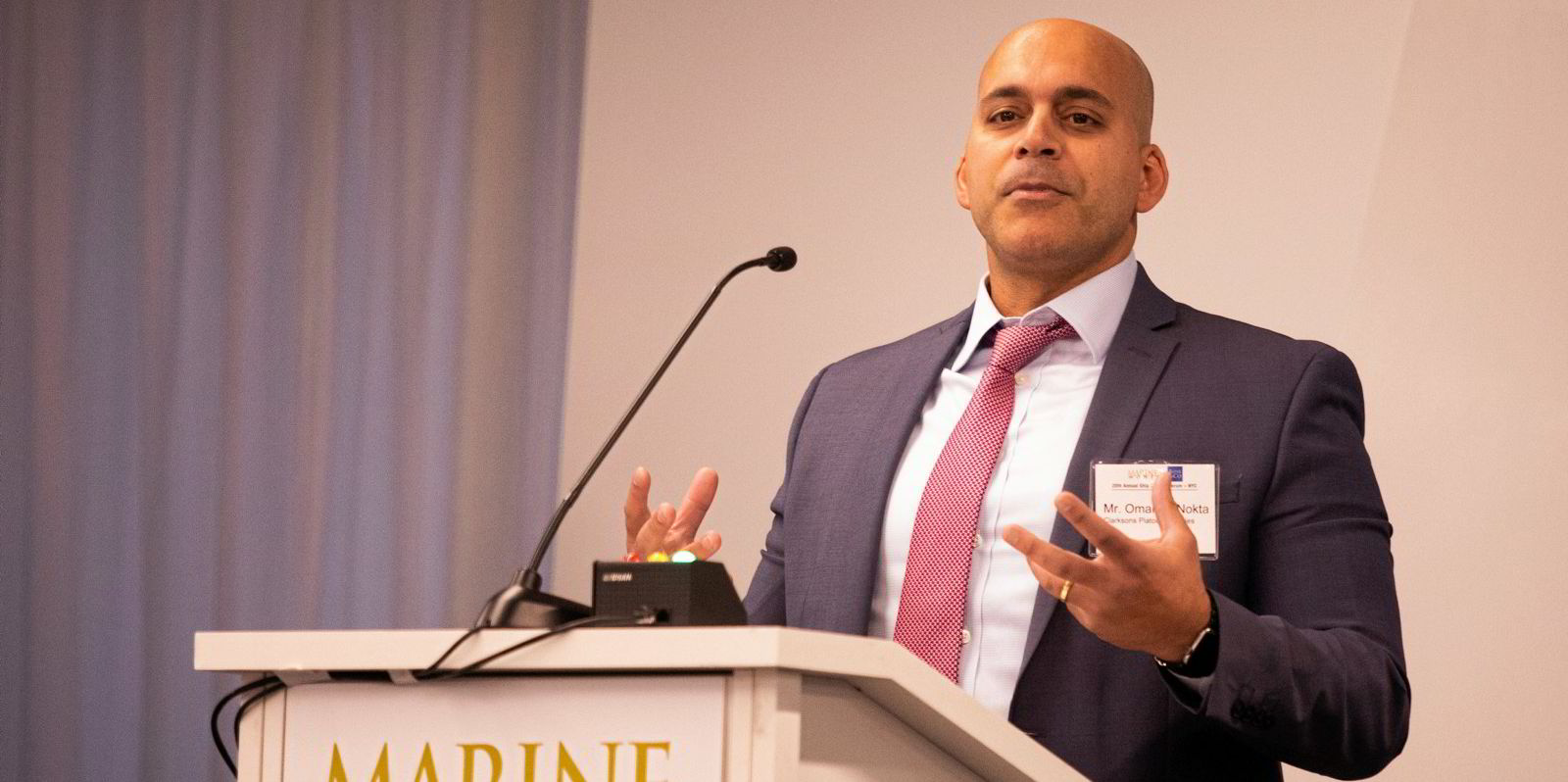
No matter, according to Clarksons Platou Securities. Its analysts said the oil market serves as the quickest way to deal with an energy supply crisis, meaning there still may be higher crude output in the near term.
While VLCC rates have already seen some rebounding, Stifel analyst Ben Nolan noted that crude tanker demand may still be too low to translate into meaningful pricing power.
"While likely transient, recent modest improvement in rates could be indicative of at least some closing of the supply/demand gap at which shipping companies again have pricing power, and a bump such as this might cause rates to improve to perhaps break-even levels," he said.
That will be a positive for investors but it may fade when rates pull back. Still, Nolan said there are reasons to be optimistic for the second half or next year, or even sooner.
